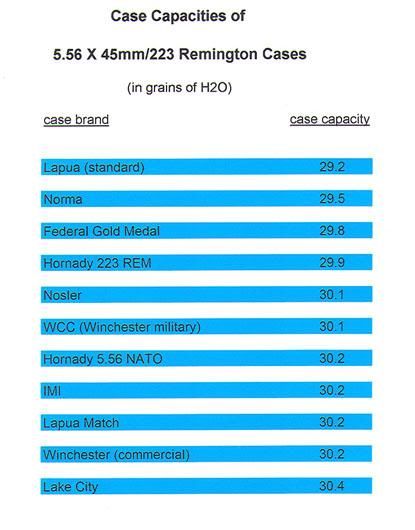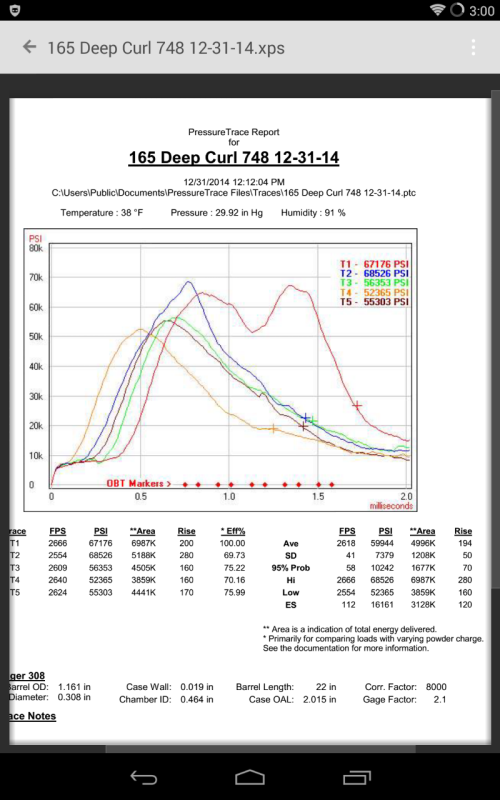What bullet are you using? Jamming bullets into lands?
My books make it look like any bullet over 50gr is pushing max load.
If you have a little excess slop around the firing pin and are near max, could explain piercing/cratering.
Otherwise I would look for a bur/edge on the firing pin tip.
Firing pin protrusion could be backed down some, but if memory serves, the firing pin normally stops after denting .020-.025" into the primer. Any extra protrusion is normally wasted.
Have you installed a bolt lift kit? The kit adds tension to the fp spring, you could compensate by adding a washer to the BAS equivalent to the height increase of the kit.
As for new vs old brass, you might be noticing a difference in capacity. New would have less than multiple full length sizings with trimming. Just a thought.
The ftf with no primer mark could be a trigger pull dropping and catching on the accutrigger blade. If it had dropped on the bolt close, there would have been no click when pulling the trigger.
Just a few things to think about,
Adam.
PS
I have multiple reloading books I could check, Lee, Hornady, Nosler, Berger, Hodgdons, and Barnes. Plus some cast data.
Edit, I would hate to think it with CCI, but it is possible to get a bad batch of primers.






 Reply With Quote
Reply With Quote












Bookmarks